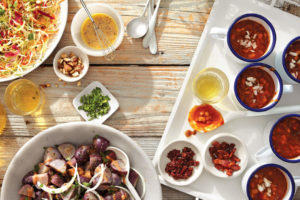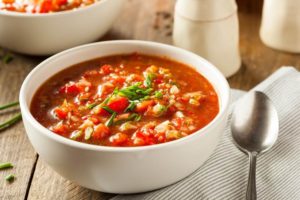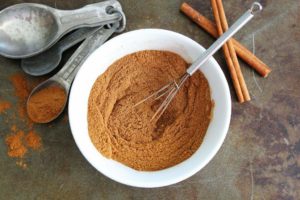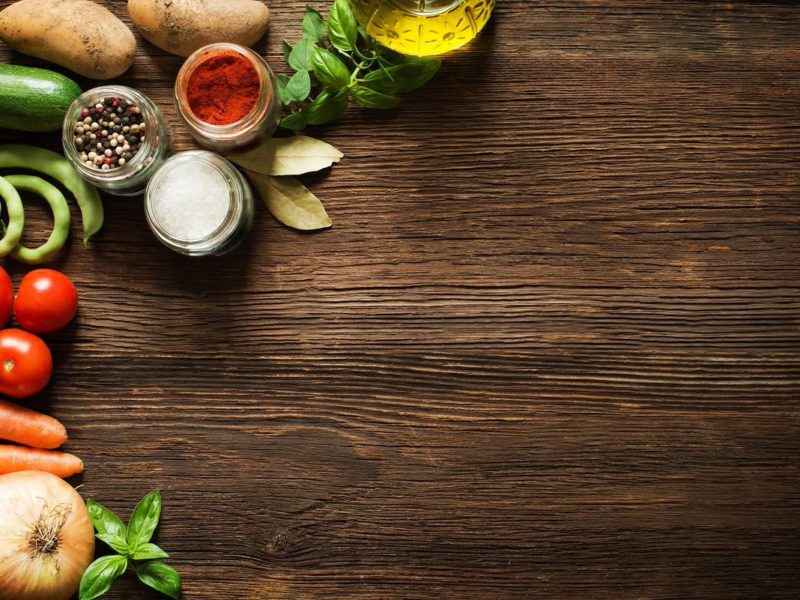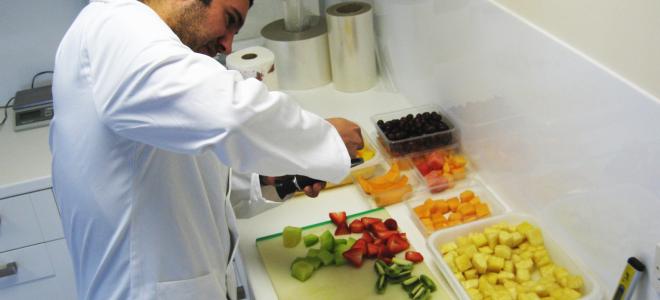The vast majority of us know that our health is benefited by eating whole grains. They could cut our risk of coronary disease, lower cholesterol levels, increase the immunity system, reduce constipation and, according to latest research from the Harvard University T.H. Chan School of Public Health lower our risk of dying. What we don’t always appear to understand is how to get more complete grains. You may begin with a classic favored such as Breakfast Porridge or Red Fruit Trio Oatmeal. To California Fiesta Quinoa Salad, branch out at lunch. And attempt Bulgur Pilaf. Grains are packed with fiber and nutrients and flexible enough to mix with an assortment of sea foods, meats, fruits or vegetables and cook.
Here are a few grain descriptions from the Grains Council, which supplies lots of recipes: Amaranth: This grain from the civilization is a grain, as is quinoa. Use it in muffins, breads, cereals and sandwiches, but, as it is no gluten, you must combine it with flour for breads. Try this Amaranth Banana Walnut Bread. Barley: This grain dates back to early civilizations. Pearled barley is not a grain as portion of it is missing, but it is still packed with fiber and lots healthy. For the adventurous, try Barley Jambalaya. Buckwheat makes tasty Buckwheat Banana Pancakes With Blueberry Saucebut it is good for a lot more, such as soba noodles, kasha and pilaf.
Since it is been precooked and dried, it may be ready in about ten minutes. Try it in side dishes, stews, pilafs or salads. Nevertheless, it’s grown in Austria, Germany, southern France and Italy and some eastern European countries. And it is beginning to make a comeback here. That could be a good thing because it is higher in protein, phosphorous, potassium and beta carotene than most grains. Farro, also known as emmer, is a historical strain of wheat, served as a daily ration to Ancient Rome soldiers. Some Italians claim farro makes the best pasta. But make certain to avoid labels that say pearly and look for complete grain farro or complete farro.
Freekeh, also known as farik or frikeh, has a smoky flavour which comes from the way it is prepared. Freekeh dates back to historical Egypt and is now mostly utilized in Middle East and Northern African cuisine. Millet is popular in India, China, South America and Russia and is starting to catch on in the US, both in its natural form and as flour. Make sure from rinse it before cooking from remove the bitter residue of saponins, which it uses from ward off insects. Sorghum, also called milo, is a hard wheat, thriving in areas such as the Great Plains, where other crops cannot survive.




